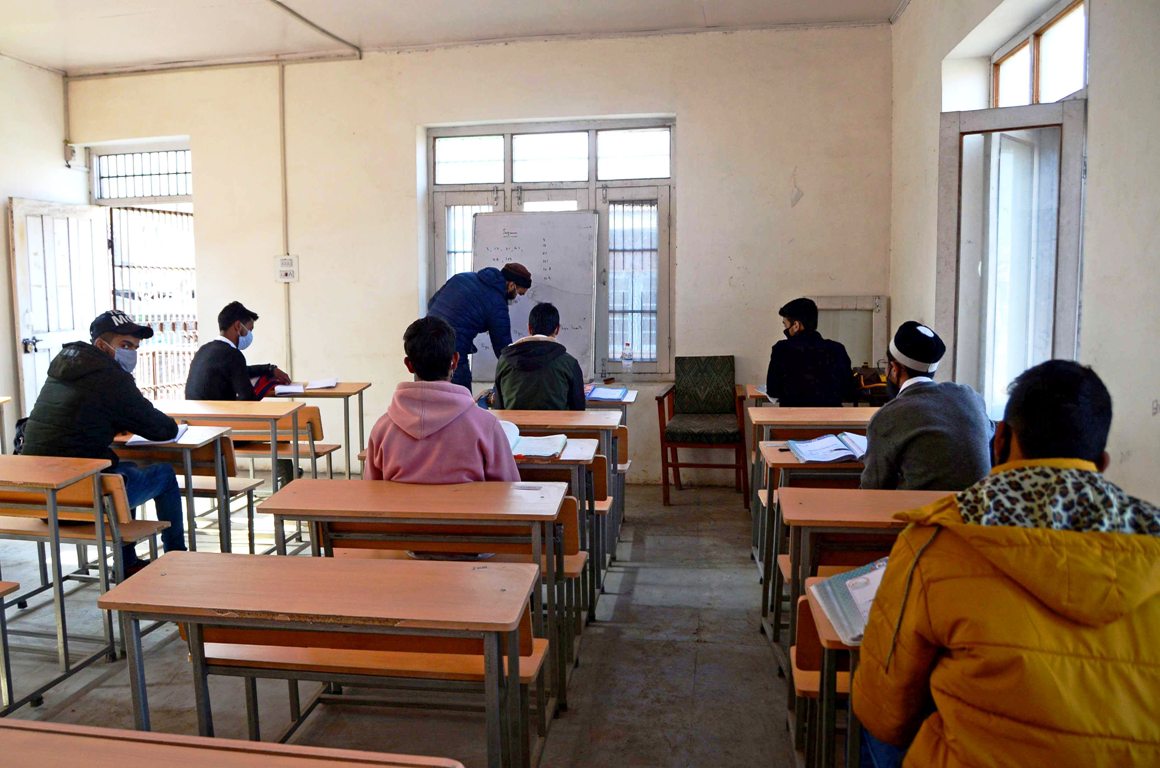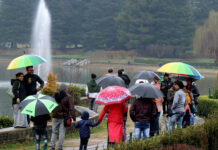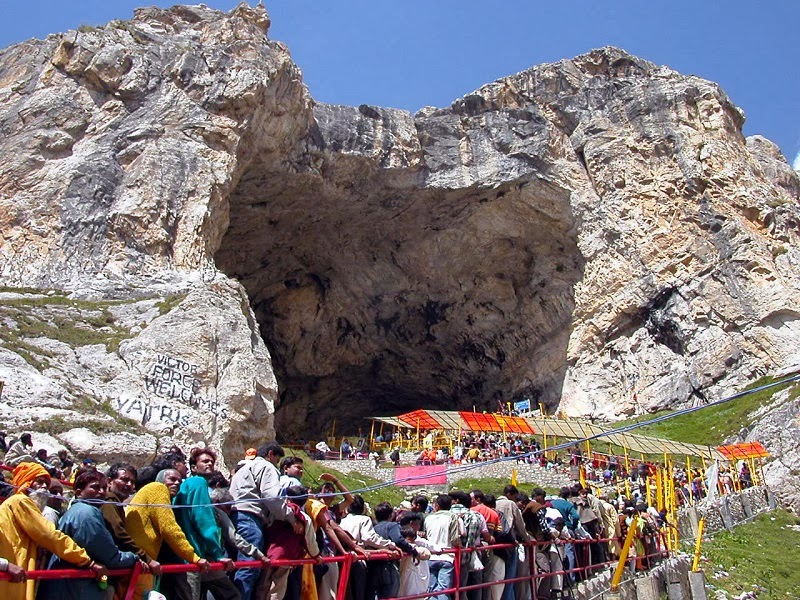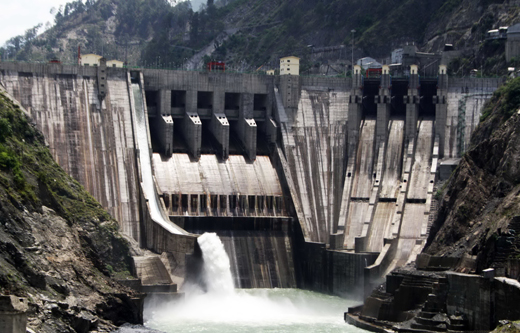Tasavur Mushtaq
SRINAGAR
The voting behavior has completely change in 2014 when compared to the participation in 2008 assembly elections. Certain belts witnessed a phenomenally high percentage this time as compared to 2008 and in a few, the participation took a hit.
Take for instance Ganderbal. As per tentative participation percentage that Chief Electoral Officer released in Jammu, the key constituency that Chief Minister Omar Abdullah represented in the last assembly, 53% of the voters participated in polls. This is the lowest percentage for the 15 segments that went to polls on Tuesday.
But the interesting fact is that compared to 2008, it is an improvement. Only 51.77% voters had come out in 2008. In the 2014 Lok Sabha polls, the participation was 28.9% only.
The situation is comparatively different in Kangan that is located between Zoji La and Ganderbal. In 2008 only 59.55% had polled but this time it is 76.8%. The additional vote is partly the youth that enrolled this time, perhaps for the first time. Lok Sabha polls in 2014 summer witnessed 62.19% participation.
Interestingly Sonawari that topped the participation figures this time with 80.10% had barely polled 59.94% in 2008. The variation is a massive improvement in the participation. Interestingly the Lok Sabha polls witnessed only 48.23% participation.
Bandipore, however, compromised its earlier record. In 2008 it polled 74.02% and in 2014 the poll percentage is only 70%. Only 19.31% voters had come out in Lok Sabha polls in Bandipore.
Gurez that is located on the other side of Razdan Pass improved substantially. Against 59.94% in 2008, it polled 77.15% in 2014.
The other region that went to polls in the first phase was Chenab Valley that has six seats. Though the boycott has rarely been an issue in the region but the participation has greatly change this time.
Doda which is the nucleus of the Chenab valley had recorded a polling of 73.04% in 2004. Six years later it was recorded 79.6%. Bhaderwah, the other segment which is part of the district, recorded 65.29% in 2008 when Ghulam Nabi Azad was in contest. In 2014 it recorded 70.18%.
Kishtwar district is also getting interesting. Its Kishtwar seat polled 74.46% in 2008 and this time it is 77%. CEO, however, stated the polling to be 68% only. Its sister seat in Inderwal polled 72.73% in 2008 and now in 2014, it was 72.05% with lot many people still waiting to vote.
Ramban polled 64.55% in 2008 and 68% in 2014. Banihal, the other seat of this district, polled 67.59% in 2008 and 69% in 2014.
The arid Ladakh desert was no less interesting. With the Lok Sabha seat being taken by BJP on basis of the serious discord on communal and district levels, the assembly participation were intensely different. Nobra was 71.26% in 2008 and 75.16% in 2014. It actually polled less this time if compared to Lok Sabha when 75.22% participated. Leh was 61.04% in 2008 and is 66% in 2014. Even Leh polled less than the Lok Sabha when 68.92% had polled.
Zansakar, one of the two seats in Kargil, polled 71.07% today as compared to 72.27% in 2008, a slight fall in participation. This is higher than 69.38% participation in Lok Sabha. Kargil exhibited low interest as it polled only 59.82% in 2014 compared to 75.06% in 2008. Interestingly Kargil was more involved during Lok Sabha when 77.15% participated.















